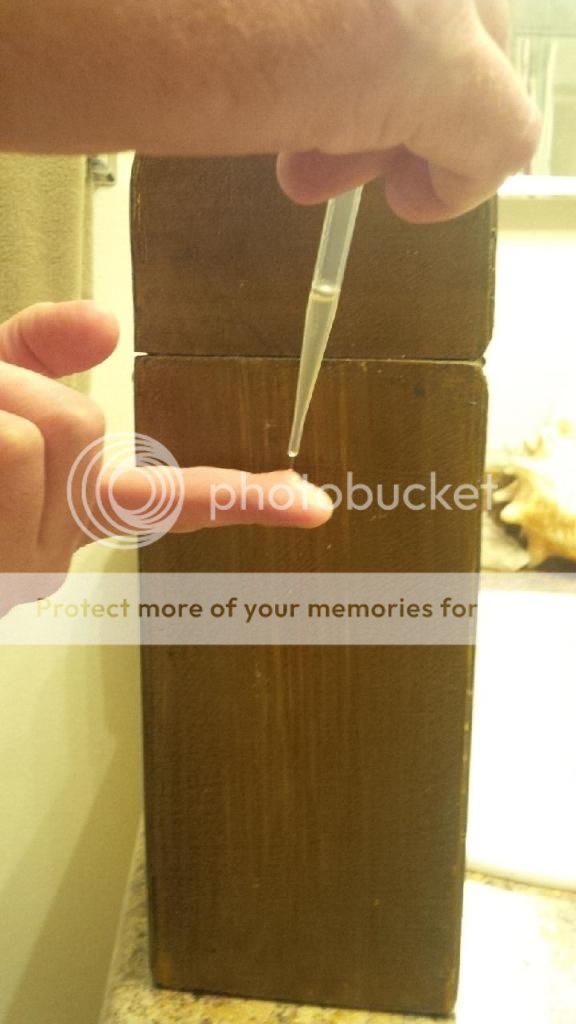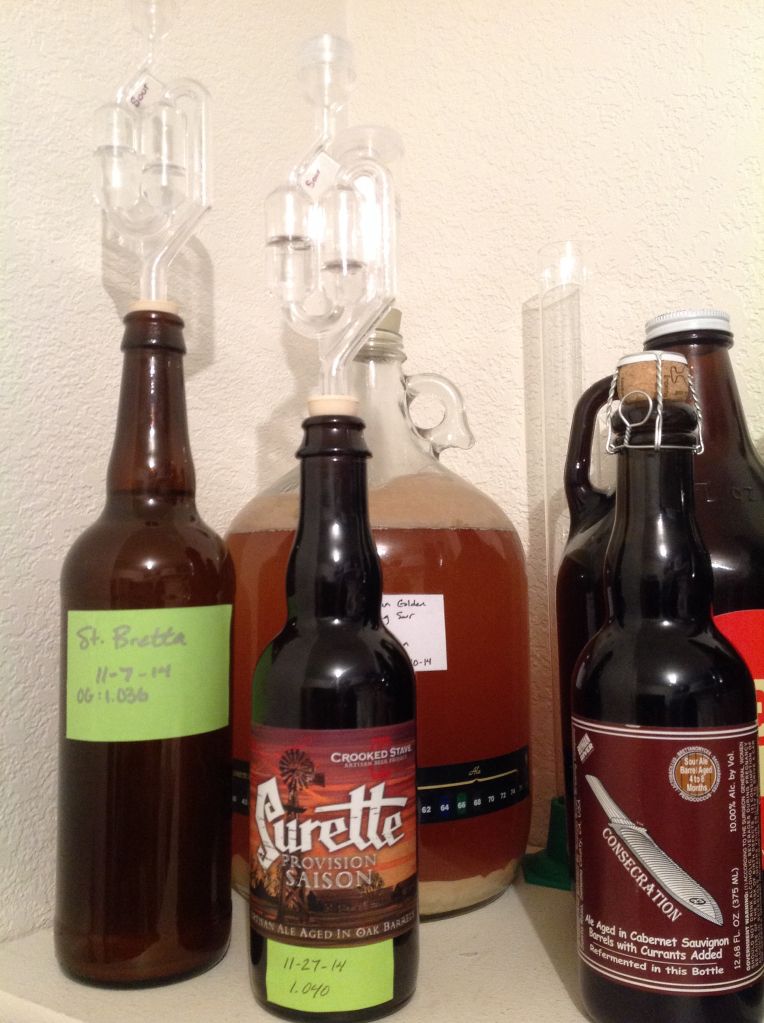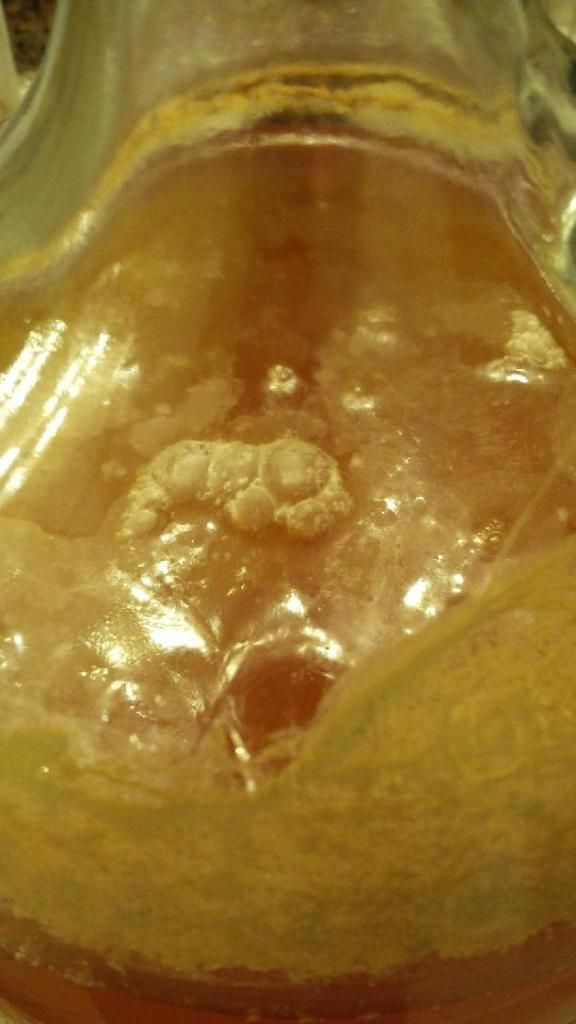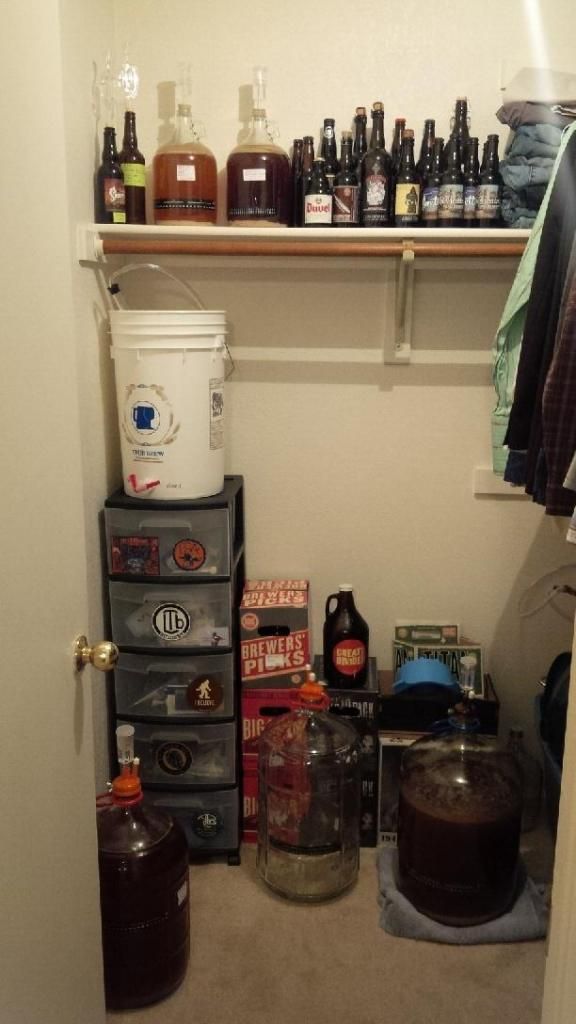So I began a starter of some Crooked Stave St. Bretta dregs, and the outcome so far is just weird.
I started this one on 11/7/2014, and so far it hasn't gone down in gravity from the original 1.036, but it has:
1. Taken on the consistency of very stringy, ropey saliva.
2. Has a distinct odor of yogurt-like sourness. (good thing?)
3. Has no airlock activity whatsoever.
I understand that this beer is labeled as 100% Brettanomyces, but it's also been aged in CS oak foeders - so it also may contain Lacto and Pedio.
Any ideas from those who have experience with starters from this beer, another Crooked Stave beer, or anything similar? I'm honestly stumped as
to what may be happening to this starter.
Any enlightening information is greatly appreciated!
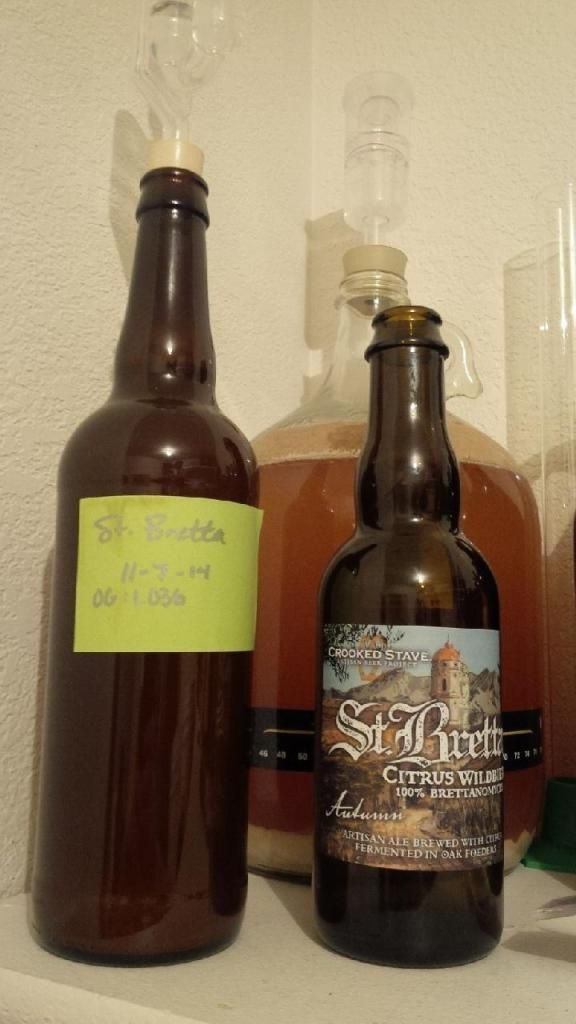
I started this one on 11/7/2014, and so far it hasn't gone down in gravity from the original 1.036, but it has:
1. Taken on the consistency of very stringy, ropey saliva.
2. Has a distinct odor of yogurt-like sourness. (good thing?)
3. Has no airlock activity whatsoever.
I understand that this beer is labeled as 100% Brettanomyces, but it's also been aged in CS oak foeders - so it also may contain Lacto and Pedio.
Any ideas from those who have experience with starters from this beer, another Crooked Stave beer, or anything similar? I'm honestly stumped as
to what may be happening to this starter.
Any enlightening information is greatly appreciated!



